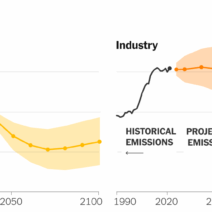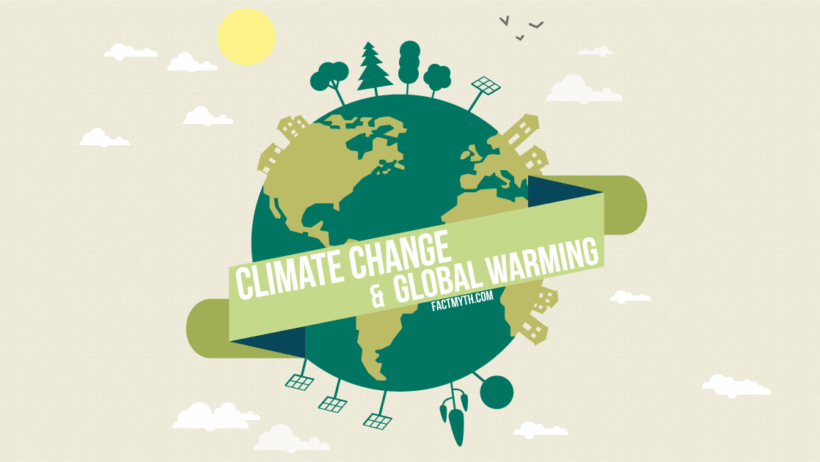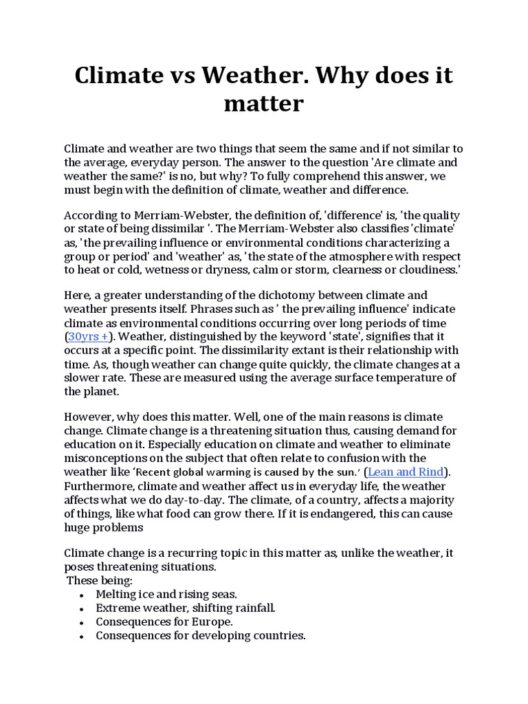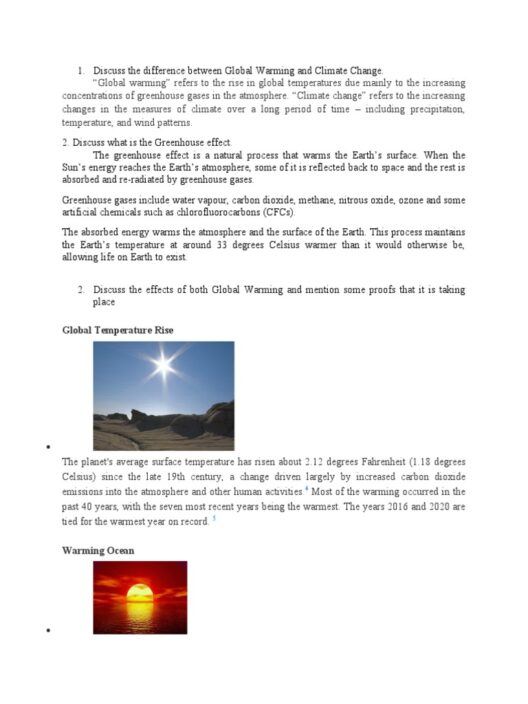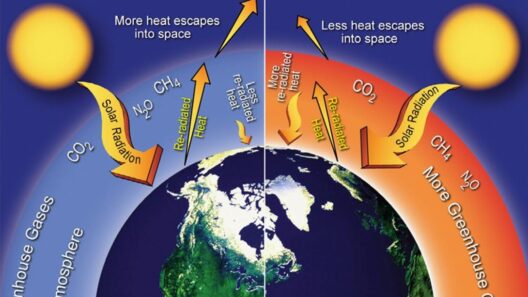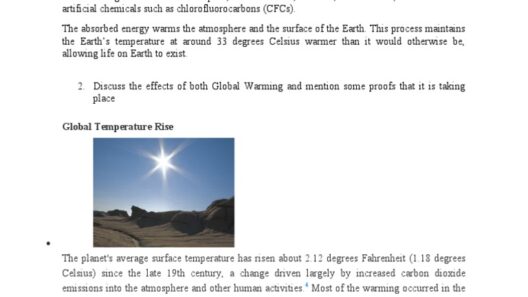The realms of climate science often seem inundated with terminology that is not only perplexing but also misleading. One of the most frequently conflated terms is “global warming” and “climate change.” Although they are interrelated, they delineate distinct phenomena that merit careful scrutiny. This article aims to clarify these commonly confused terms and enhance understanding of their implications for our planet.
To set the groundwork, it is essential to define each term comprehensively. Global warming refers specifically to the long-term rise in Earth’s average surface temperature due to human activities, predominantly the release of greenhouse gases. These gases, such as carbon dioxide and methane, trap heat in the atmosphere, leading to a gradual increase in temperatures. This phenomenon is quantifiable and can be traced through extensive climate data over decades, illustrating a marked upward trend in thermometric readings.
Climate change, on the other hand, encompasses a broader range of alterations that affect the Earth’s climatic systems. While global warming is a significant component of climate change, the latter includes various shifts, such as changes in precipitation patterns, frequency and intensity of extreme weather events (e.g., hurricanes, droughts), shifts in ecosystems, and even ocean acidification. Essentially, while all manifestations of global warming can be classified under the umbrella of climate change, not all aspects of climate change are a direct result of global warming.
Recognizing this distinction is crucial. The public discourse often simplifies these complex issues into reductive statements that may obfuscate the underlying nuances. Until clarity is achieved in our understanding, efforts to combat these adversities may falter, underestimating the full scope of the challenges we face.
Global Warming: A Temperature-Centric Perspective
As previously noted, global warming refers explicitly to the temperature rise. The scientific consensus indicates that the Earth’s average surface temperature has increased by approximately 1.2 degrees Celsius since pre-industrial times. This warm-up has dire consequences; although a modest increase might seem insignificant, it carries profound implications for weather patterns, ocean systems, and ecosystems worldwide.
One primary effect of rising temperatures is the acceleration of polar ice melting. The Arctic and Antarctic regions are experiencing unprecedented declines in ice mass, which contributes to rising sea levels and can lead to coastal flooding in low-lying areas globally. Furthermore, as temperatures rise, the risk of heatwaves and wildfires dramatically increases, leading to agricultural detriment and possibly endangering food security.
Moreover, the phenological rhythms of flora and fauna are disrupted. For instance, plant blooming seasons are advancing, which affects pollination and food availability for herbivores. These biological shifts can cascade through ecosystems, resulting in complex repercussions that jeopardize biodiversity and species survival.
Climate Change: A Mosaic of Variability
Delving into climate change reveals an intricate tapestry woven from myriad elements. While its definition incorporates the overarching concept of global warming, it amplifies the discussion by including atmospheric phenomena and oceanic transitions. Indeed, climate change entails fluctuations in rainfall patterns, increasing incidence of floods and droughts, and even the redistribution of habitats.
For instance, climate change may spur alterations in precipitation patterns. Some regions may experience increased rainfall leading to flooding, while others face prolonged droughts, challenging the resilience of agricultural practices. These disparities can significantly impact freshwater resources, creating imbalances that may result in social upheaval and geopolitical tensions over dwindling supplies.
In addition, climate change has significant implications for oceanic systems. Temperature increases lead to ocean warming, which affects fish stocks and marine biodiversity, resulting in shifts within the food chain. Coral reefs, it should be noted, are particularly vulnerable, facing bleaching events and die-offs that threaten marine habitats and tourism economies alike.
Interconnections: How Global Warming Fuels Climate Change
Bridging the concepts of global warming and climate change underscores their interdependence. The mechanisms that elevate temperatures—fossil fuel combustion, deforestation, and industrial emissions—also initiate cascade effects that manifest as climate change. For example, thawing permafrost emits methane, a potent greenhouse gas, further exacerbating global warming and accelerating the sequence of climatic transformations.
Understanding these interconnections reinforces the urgency for comprehensive climate policies. Solutions that focus solely on reducing greenhouse gas emissions may be insufficient if they do not address the multifaceted nature of climate change. As such, promoting renewable energy, enhancing energy efficiency, and advocating for sustainable land-use practices are crucial components of any effective climate strategy.
Empowering Action: Clarity in Terminology Leads to Better Solutions
It is imperative for activists, educators, and policymakers to communicate the distinctions between global warming and climate change accurately. Clear terminology fosters informed discussions, enabling communities to proactively engage in mitigating strategies. This clarity also empowers citizens to advocate for effective, science-based policies that address both global warming and its subsequent climatic impacts.
In conclusion, while global warming and climate change are indelibly linked, they symbolize different aspects of environmental challenges that humanity faces. A concerted effort to address both the rise in temperatures and the broader spectrum of climatic variability is essential for safeguarding our planet’s future. Understanding these differences not only clarifies the narrative but also galvanizes collective action toward meaningful change.

